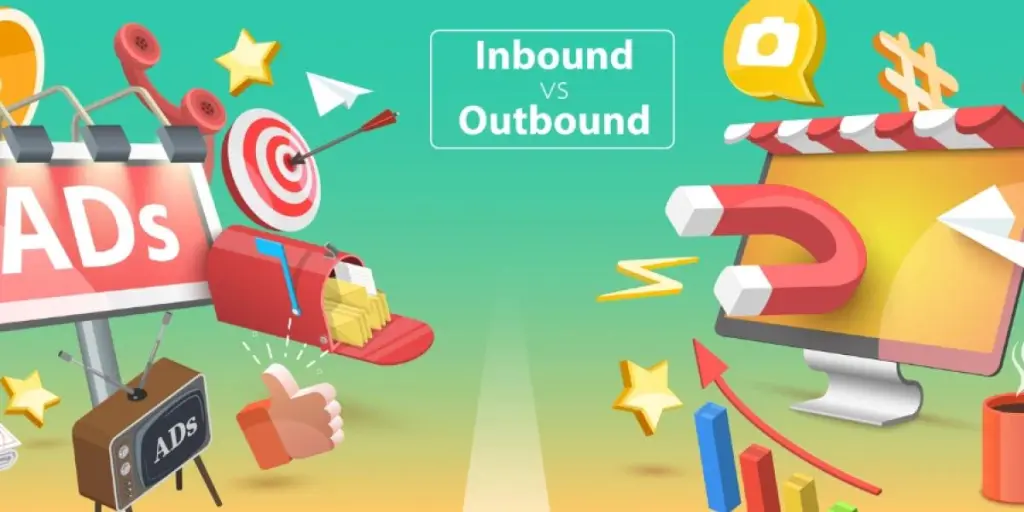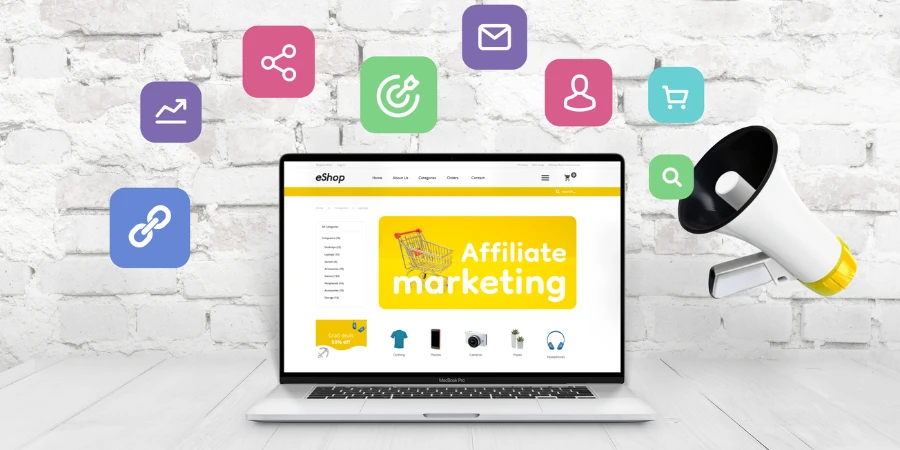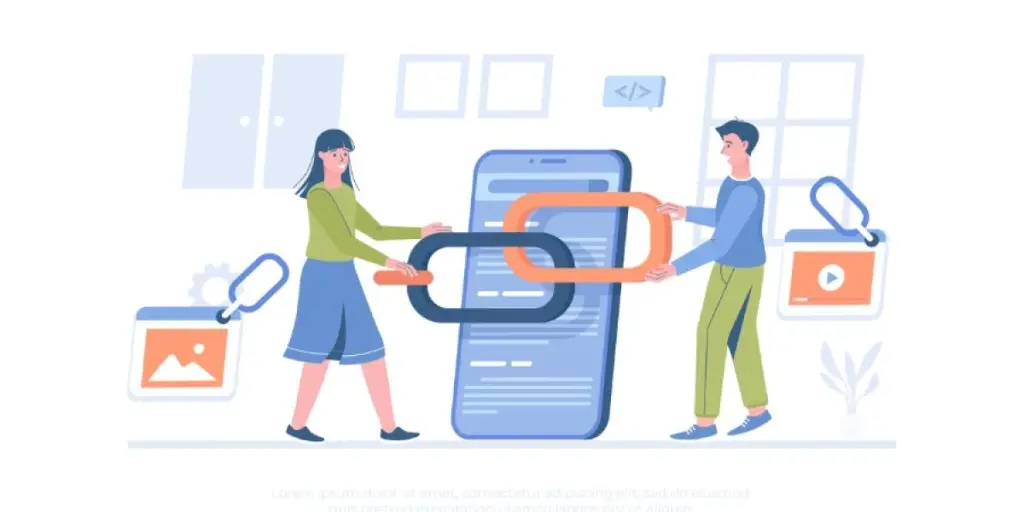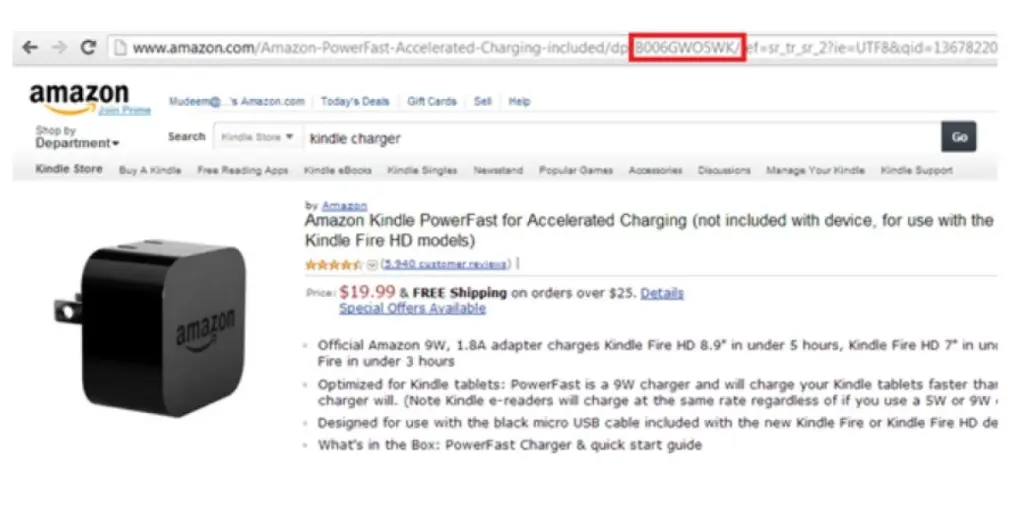The landing page serves as the initial interaction between your brand and prospective customers, making it crucial to create a positive first impression, exhibit your offerings, and encourage conversions.
However, with so many businesses vying for the attention of online shoppers, it can be difficult to create a landing page that stands out from the crowd.
This article explores five key ecommerce landing page best practices to follow. These practices are designed to help you optimize your landing pages for better user experience and maximum conversions.
Table of Contents
What is an ecommerce landing page?
Why is it important to optimize an ecommerce landing page?
5 ecommerce landing page best practices to follow
Final words
What is an ecommerce landing page?
An ecommerce landing page is a standalone web page that is specifically designed to convert visitors into customers by guiding them toward a specific action, such as making a purchase.
Unlike a traditional homepage, an ecommerce landing page is focused on a single product, promotion, or offer.
The main goal of an ecommerce landing page is to provide visitors with all the information they need to make a purchasing decision and encourage them to take action right away. This can be achieved through several design elements and copywriting techniques, including persuasive headlines, compelling product descriptions, high-quality images, and a prominent Call-To-Action (CTA).
Ecommerce landing pages can be used for various purposes, such as — launching a new product, promoting a limited-time sale, or driving traffic to a specific category or collection.
They are often used for various digital marketing campaigns, such as social media ads, email marketing, or PPC advertising, to provide a seamless customer journey from the initial click to the final purchase.
Why is it important to optimize an ecommerce landing page?
Increase conversion rates
The primary goal of an ecommerce landing page is to maximize the conversion rate, meaning converting as many website visitors into customers. Key elements like clear CTA buttons, persuasive product descriptions, and an easy-to-use checkout process help you get there.
Improve user experience
A well-optimized ecommerce landing page provides visitors with a seamless and enjoyable user experience. The goal is to let website visitors easily find what they’re looking for and clearly understand your value proposition.
Factors like fast loading times, easy navigation, and clear, concise information about the product or offer make it possible.
Boost SEO rankings
Landing page optimization can also help improve your site’s search engine rankings. By incorporating relevant keywords (target keywords and related keywords) and optimizing page elements like meta descriptions and title tags, you can increase the likelihood of your site showing up in relevant search results.
Reduce bounce rates
A high bounce rate (i.e., visitors leaving your site without taking any action) can be a sign that something is wrong with your landing page. By optimizing your page, you can help reduce bounce rates by keeping visitors on your site for longer periods of time and taking the desired action.
5 ecommerce landing page best practices to follow
Write pain-point-oriented copy
Writing website copy that directly addresses customer pain points can be a very effective way to quickly capture their attention, and show them that your product was specifically designed to address their needs. This way you increase your chances of beating industry averages.
When crafting website and product page copy, speak to your target audience’s emotions and show them how your product helps them quash their challenges. This increases the probability of instant conversion.
Plus, don’t forget to include the unique benefits and features of your product that set it apart from competitors. Focus on the value proposition and why your product is the best solution.
For example, Alanna sells Night Lip Buttermask — a skincare product. The market is already flooded with countless brands trying to sell in the same niche. To quickly catch the attention of their website visitors, they directly speak to the lip issues that women face as they age.
Highlighting how this product alleviates these pain points and listing its special formulation makes it even more compelling for potential customers to get their hands on their lip mask today.
Benefits > features
While features describe what a product can do or what it’s made of, benefits explain how a product will improve the customer’s life or solve a problem they’re facing.
And prospective buyers are more likely to become customers when they are confident that buying the product will improve the quality index of their life.
This nuanced understanding separates ecommerce brands that sell from the ones that struggle to land loyal customers.
When customers are browsing your ecommerce landing page, they want to know how the product will benefit them specifically. They want to know how it will make their life easier, more enjoyable, or more fulfilling.
Focusing on benefits in your website copy increases the chances that they’ll make a purchase.
For example, if you’re selling a fitness tracker, you might describe its features, such as the ability to track steps and heart rate. But to really sell the product, you need to explain the benefits of those features, such as how the tracker can help customers reach their fitness goals, improve their overall health, and feel more confident in their daily life.
Make them focus on only one CTA
In a world full of scenarios where customers face the harrowing spell of choice paralysis, providing clear guidance through a strong CTA can be crucial in converting interested buyers into actual customers.
By including a single, strong CTA on your website or product page, you can eliminate any uncertainty that potential customers may have about what action to take next. This helps to arrest their attention and guide them towards making a purchasing decision now.
A strong CTA should be:
- Clear
- Concise
- Action-oriented
- And with language that encourages customers to take immediate action.
For example, most times, using simple phrases such as Buy Now or Sign Up Today can be effective in motivating customers to make a purchase or sign up for a newsletter.
You don’t need to get creative with the CTA button text. Keeping it simple helps keep customers’ decision-making process simple as well.
Including a strong CTA can not only increase the likelihood of conversions but can also help increase the ROI on ad spend and decrease the bounce rate on your website. By providing a clear direction and encouraging customers to take action, you can make the customer journey smoother and more enjoyable for potential buyers.
Compel them to buy with social proof
As social creatures, human beings are naturally wired to (subconsciously) seek validation for their choices, especially when it comes to making purchasing decisions. This is where social proof can be a powerful tool for ecommerce brands.
Social proof refers to the collection of customer testimonials and reviews that are presented in text or video format on a website or product page. By showcasing the experiences and positive feedback of other customers, you can build trust and credibility for your brand.
For emerging ecommerce brands, social proof can be especially important in establishing credibility and overcoming customer skepticism. Without it, potential customers may be hesitant to make a purchase, doubting the efficacy of the product or the brand’s ability to deliver on their promises.
On the other hand, the presence of social proof can be a powerful motivator for potential customers, leaving them with no choice but to buy from the company at least once. By leveraging the buying psychology of social proof, ecommerce brands can increase conversions, build customer loyalty, and drive long-term growth.
For example, Pip Decks features video testimonials of its happy and satisfied customers — who thoroughly enjoyed its confidence cards and also boosted their productivity. You don’t need to include a ton of them, just a few work fine as potential customers are looking for human-validation of your company and the products that you sell.
Convert first-time visitors with a juicy offer
First-time website visitors are often merely lurkers, and are just browsing and may not be ready to make a purchase right away.
However, by presenting an irresistible offer through an exit-intent popup form, ecommerce companies can capture the attention of high-intent buyers and incentivize them to make a purchase or provide their email addresses for future marketing efforts.
An exit-intent popup form is a type of popup that appears on a website when a user is about to leave the page.
By presenting an irresistible offer, such as a discount code or free shipping, companies can increase the chances of converting high-intent buyers into customers on the spot or capturing their contact information for retargeting efforts.
For example, you could display an exit-intent popup that either offers these exiting visitors absolutely free shipping or a flat discount of 25% on their first purchase within 24 hours.
This strategy can have two interesting knock-on effects:
- It can help decrease the bounce rate on a website by encouraging visitors to take action before leaving.
- it can increase the conversion rate by providing an extra incentive for high-intent buyers to make a purchase.
By leveraging the power of exit-intent popups and irresistible offers, ecommerce companies can drive more sales, capture valuable customer data, and improve the overall performance of their marketing campaigns.
Final words
Your landing page is often the customer’s primary point of contact. And you must make that first impression count by creating a landing page that not only looks great but is also designed with the user in mind.
By following these five best practices, you can create effective and engaging ecommerce landing pages that are designed to convert website visitors into loyal customers.
Plus, make sure you continually test and optimize them based on customer feedback so you can keep reducing bounce rates, increasing conversions, and growing the happy customer base.








